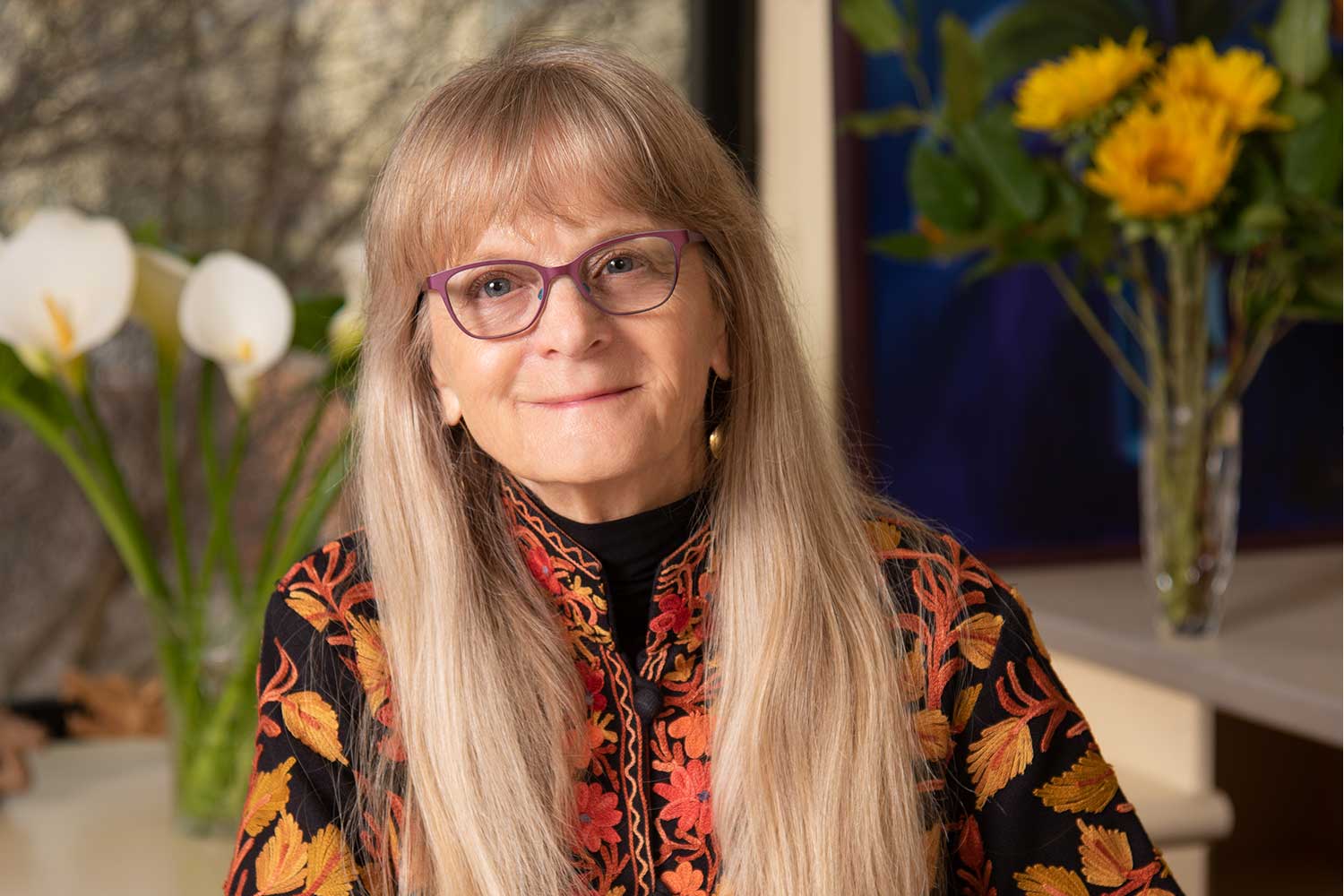Nonprofits Insurance Alliance (NIA) practices a unique philosophy when it comes to addressing the claims its members file: the nonprofit insurer actually looks for coverage.
“The reaction we receive from other insurance companies is, ‘There’s no way you could survive doing that!’” says founder and CEO Pamela E. Davis.
“We’ve been doing this for 30 years and are as successful, if not more successful, than most insurance companies! Their mindsets still tell them it’s not possible.”
Challenging the status quo entailed convincing everyone from reinsurers, to brokers, to foundations, and even skeptical nonprofits that Nonprofits Insurance Alliance of California (NIAC), the first company of NIA, was an ideal solution for nonprofits struggling to obtain affordable insurance.
Start-up funding was thin, skepticism was high, the risk was uncertain, but the need was undeniable. There was no margin for error.
Pamela E. Davis recounts the journey and describes how NIA continues to lead the industry today.
What new coverages did NIA introduce that the insurance industry simply didn’t offer for nonprofits 30 years ago?
There were many gaps in coverage back then.
For example, not only were we the first to offer improper sexual abuse liability, but we include defense of the alleged perpetrator until they’re convicted. We do that because employees in group homes can find themselves accused, sometimes by disgruntled clients, and we don’t want them to lose everything they own proving their innocence.
Another example is that nonprofits sometimes have property in their custody that belongs to another nonprofit or to a client. Insurers typically don’t provide coverage for another’s property on a property policy.
So, under the liability policy, we included some small, but oft-used coverage for things like equipment nonprofits borrow, or property of clients that may have been damaged while under a nonprofit’s care.
Also, we were one of the very first to begin adding volunteers, and not just employees, as Additional Insureds on many policy types: We cover volunteer drivers, just like employed drivers. That was considered really, really radical when we did it. I can tell you that most insurance companies won’t insure volunteer drivers even today.
Even more cutting edge is that we were the first ones to insure car-sharing. Twenty years ago, we were told that the car-share nonprofits had been declined by 20 insurance companies before they came to us.
Thirty years later, are nonprofits still considered odd risks?
Absolutely!
Most insurance companies just don’t offer policies for nonprofits at all. Heck, even when we hire new underwriting staff to evaluate applications from nonprofits, they often tell us that virtually everything we are asking them to accept would have been a decline at their prior companies!
It is quite head-spinning for new employees at times.
You’re introducing a bill to Congress that would allow Alliance for Nonprofits Insurance (ANI) to write property outside of California. What does the bill mean for nonprofits?
Right now, there are other insurance companies outside of California that will offer property and auto physical damage to nonprofits, but they will do so only as part of a package.
They will say to the nonprofit and their broker, “If you have purchased property insurance from us, you need to purchase it with the liability” — sort of like a bundled cable package.
So our small and mid-sized members that have liability with us can’t get property insurance or auto physical damage insurance from other insurance companies without purchasing liability from them, too.
Right now we have only one company that provides the property insurance our members need.
The bill we are proposing, the Nonprofit Property Protection Act, would allow us to offer our small and mid-sized members property as well as liability insurance.
We already do so in California, and we know that it actually lowers the cost of risk for nonprofits. Those opposed to this bill are looking out for their own turf and profits at the expense of small nonprofits.
30 years ago, were there obstacles that you hadn’t anticipated?
Smaller insurance brokers supported us, but there were some, mostly larger brokers who were absolutely against us, spoke against us, and told nonprofits not to work with us.
It was hard enough being a startup, but when your marketing channel was, in some cases, actively working against you, that was tough!
We had insurance companies that didn’t want the competition and tried to stop us. I had reinsurance brokers call me and tell me I was setting nonprofits up for failure, that I was going to destroy all the nonprofits. Every day, there was somebody putting an obstacle in the road.
We had a three-year contract with a third party that was doing our underwriting for us, and after a year stopped doing business with us with one day’s notice. This was before computers, and they had all of our paperwork!
I later learned through the grapevine that another insurance company made the third party choose between the other insurer and us, and letting us down gently was not an option! The other insurance company wanted us gone!
And some of the pushback you received not only because of your ideas, but due to your gender.
On one occasion, a woman approached me and—she probably considered this to be a compliment — said, “My husband said to me that he never thought a woman could ever run an insurance company, and he really was suspicious about you, but you convinced him that a woman could actually do it.”
I knew women who earned their insurance broker licenses and were told not to let the men in the office know that they had a broker’s license, because it might make the men feel bad. So it was very male-dominated then. And, I would say it still is.
I resist any notion that there aren’t plenty of well-qualified women able to take leadership roles in this industry. It is still ol’ boys picking more, but younger, ol’ boys.
About 25 years ago, I started asking around to meet other women who had started insurance companies. Haven’t found one yet, but I’m still looking.





